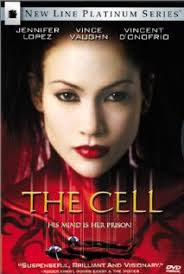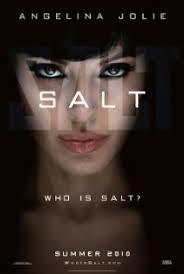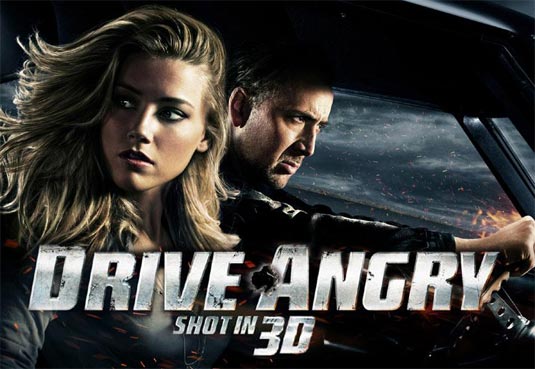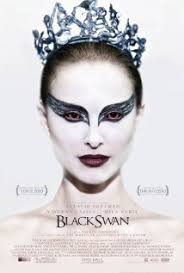Common Features of a Thriller Film
-A thriller is a book or film designed to keep a reader or viewer in suspense.
-The aim for thrillers is to keep the audience alert and on the edge of their seats
-A thriller provides the sudden rush of emotions, excitement, sense of suspense and exhilaration that drives the narrative
The primary elements of the thriller genre:
- The leading character faces death, either their own or somebody else's.
- The main storyline for the main characters is either a quest or a character who cannot be put down.
- The main plotline focuses on a mystery that must be solved.
- The film's narrative construction is dominated by the main actors point of view.
- All action and characters must be credibly realistic/natural in their representation on screen.
- Either by accident or their own curiousness, characters are dragged into a dangerous conflict or situation that they are not prepared to resolve.
Characters include
-criminals,
-stalkers,
-assassins,
-innocent victims (often on the run),
-menaced women,
-characters with deep dark pasts,
-psychotic individuals,
-serial killers,
-sociopaths,
-agents,
-terrorists,
- police officers ,
-private eyes,
-people involved in twisted relationships,
-world-weary men and women,
- psycho
-fiends
Sub-Genres of Thriller:
-Action Thriller eg Die Hard, Kill Bill, The Bourne Identity-Crime Thriller eg The Usual Suspects, Jagged Edge
-Film-Noir, eg The Sweet Smell Of Sucess
-Psychological Thriller, eg Memento
-Science Fiction Thriller, eg Aliens
-Religious Thriller, eg The Ninth Gate












